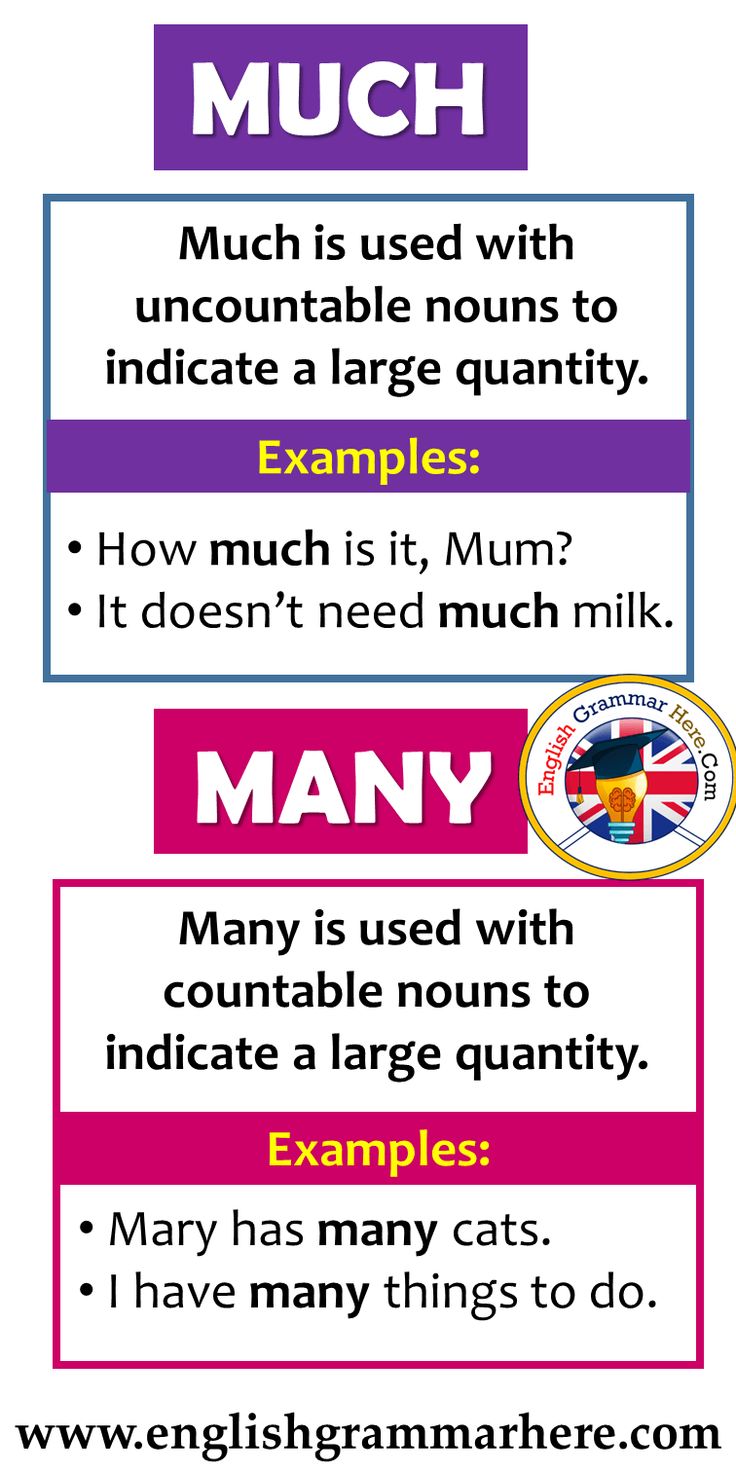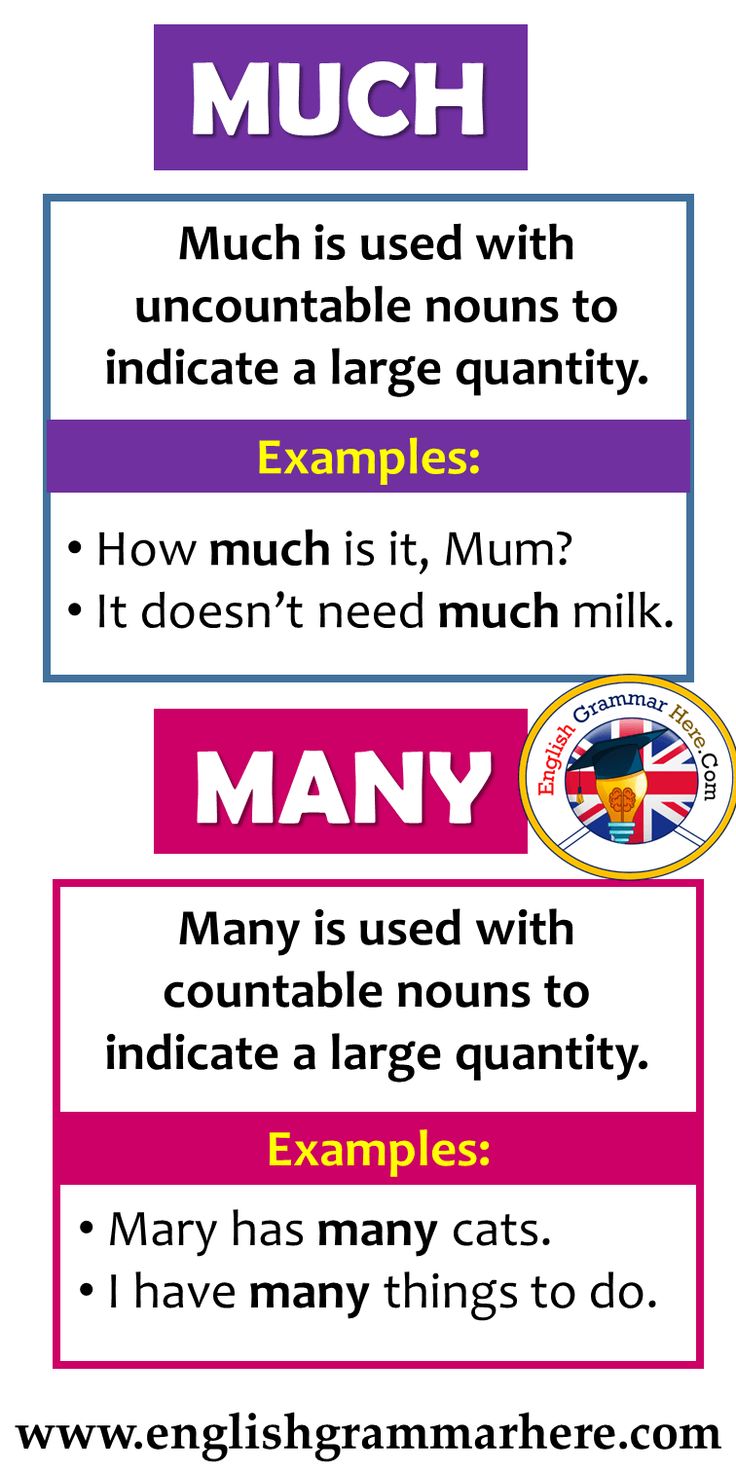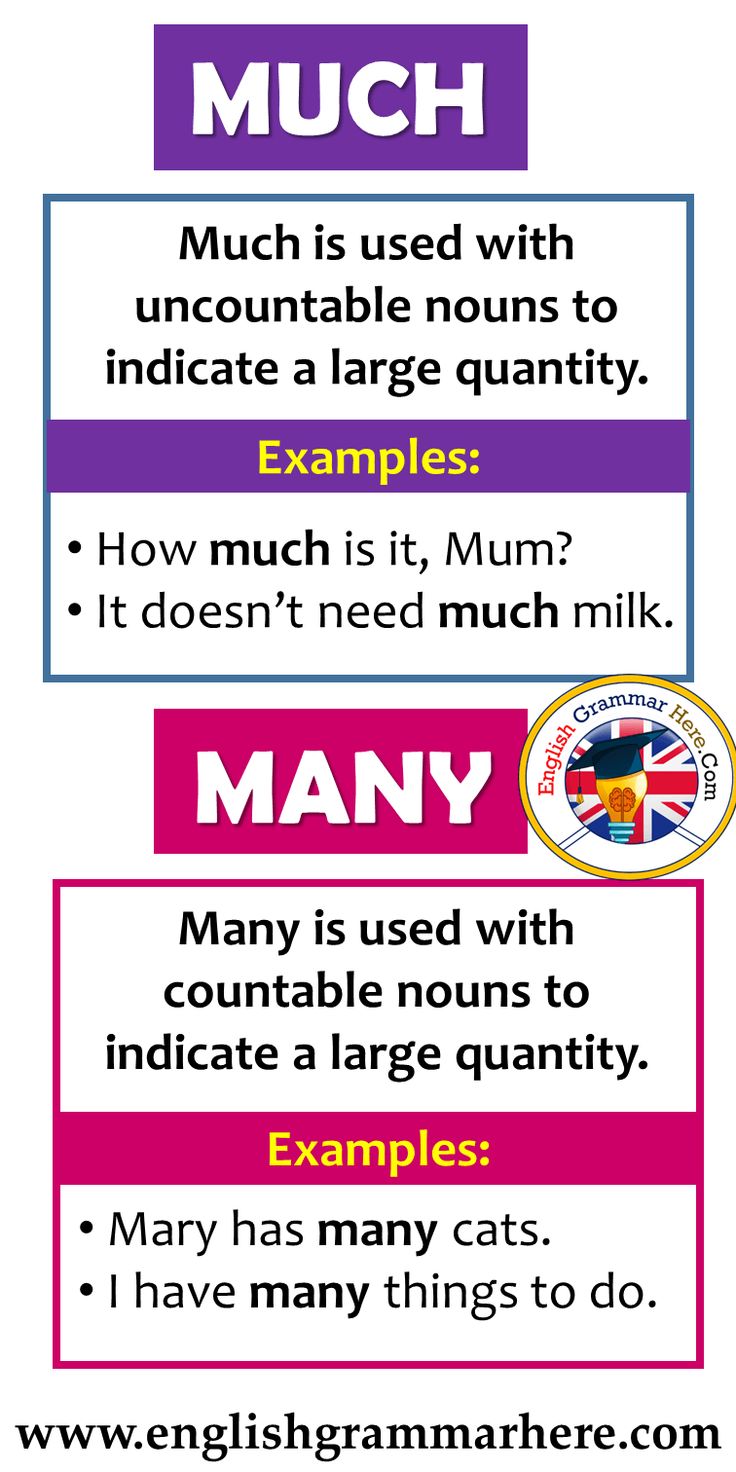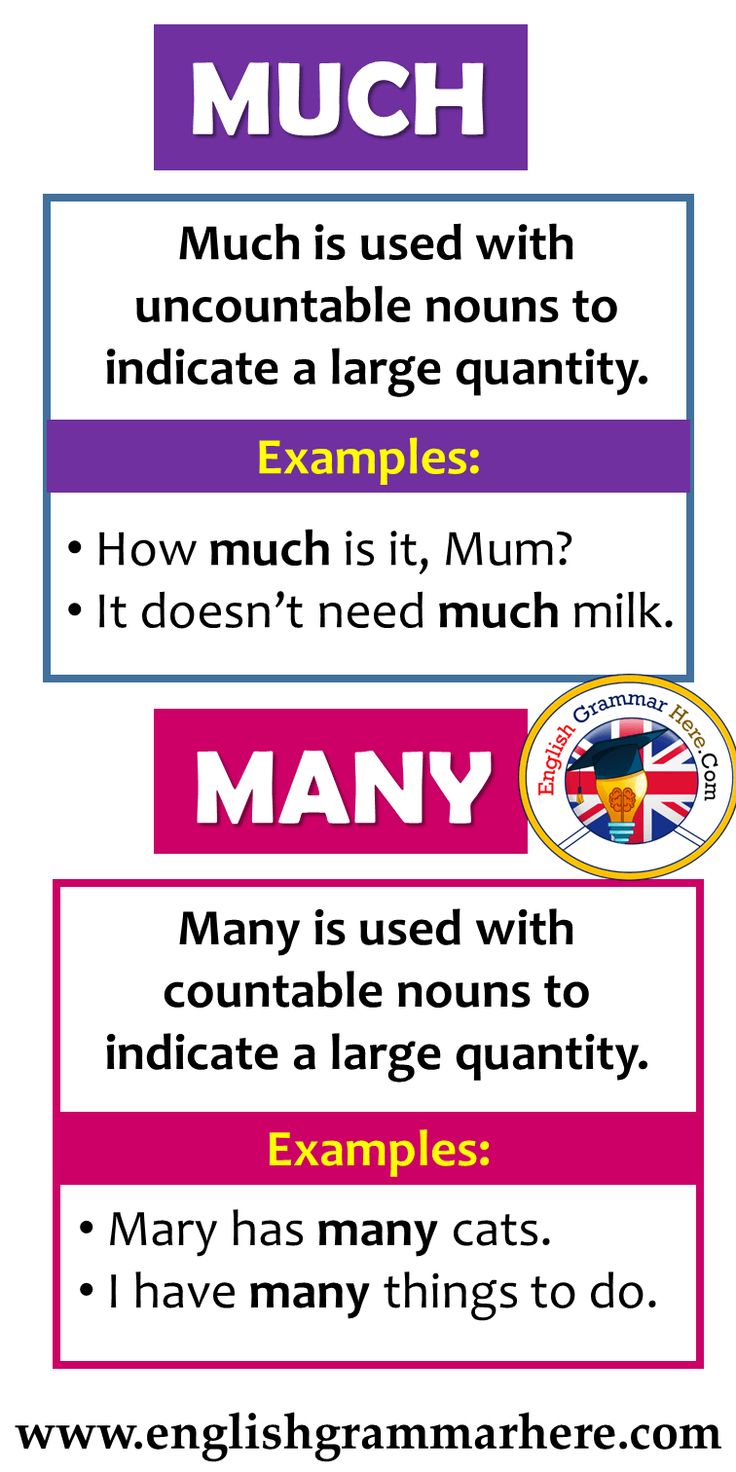How Much Is A Jeep Wrangler Transmission? A Comprehensive Guide
How Much Is A Jeep Wrangler Transmission? A Comprehensive Guide jeeps.truckstrend.com
The iconic Jeep Wrangler, renowned for its off-road prowess and rugged durability, is a beloved vehicle for adventurers and daily drivers alike. However, like any complex machine, its vital components, such as the transmission, can eventually require significant maintenance or even replacement. Understanding the costs associated with a Jeep Wrangler transmission is crucial for any owner, as it can be one of the most substantial expenses you might face. This comprehensive guide will delve into everything you need to know about the price of a Jeep Wrangler transmission, exploring the factors that influence costs, different options available, and practical advice to manage these expenses.
Understanding the Heart of Your Jeep: The Transmission
How Much Is A Jeep Wrangler Transmission? A Comprehensive Guide
At its core, a vehicle’s transmission is responsible for transferring power from the engine to the wheels, allowing your Jeep to move at varying speeds and adapt to different driving conditions. Jeep Wranglers typically come with either an automatic or a manual transmission, each with its own characteristics and, importantly, its own price point when it comes to replacement or repair.
Transmissions are complex systems composed of gears, clutches, fluid, and intricate electronic controls (especially in modern automatics). Over time, due to regular wear and tear, aggressive driving, off-roading stresses, inadequate maintenance, or simply manufacturing defects, a transmission can fail. When this happens, you’re faced with a critical decision: repair or replace? And what will that cost?
Factors Influencing Jeep Wrangler Transmission Costs
The price of a Jeep Wrangler transmission is far from a fixed number. It’s a dynamic figure influenced by several key variables. Understanding these factors is the first step toward getting an accurate estimate and making an informed decision.
-
Type of Transmission: Automatic vs. Manual
- Automatic Transmissions: Generally more complex, featuring hydraulic systems, torque converters, and often more electronic controls. This complexity typically translates to higher manufacturing costs and, consequently, a higher replacement price.
- Manual Transmissions: While still intricate, they are mechanically simpler than automatics, relying on a clutch and gears manipulated directly by the driver. This often makes them less expensive to replace.


Condition of the Transmission: New, Remanufactured, or Used
- New (OEM or Aftermarket): This is the most expensive option.
- OEM (Original Equipment Manufacturer) transmissions are identical to what came in your Jeep from the factory, offering guaranteed compatibility and often a strong warranty.
- New Aftermarket transmissions are manufactured by third-party companies. They can be a slightly more affordable alternative to OEM while still being brand new.
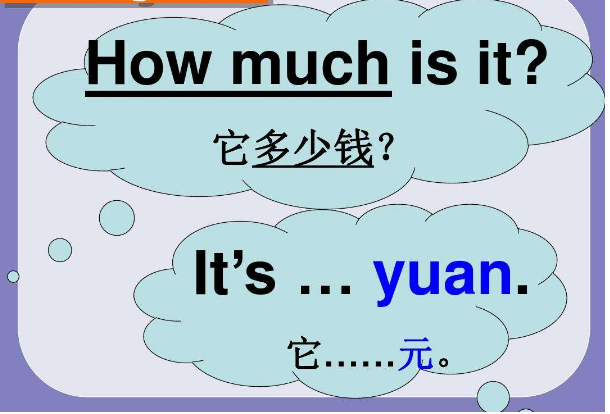
- Remanufactured/Rebuilt: This offers a balance of cost and reliability. A remanufactured transmission has been completely disassembled, cleaned, inspected, and had all worn or damaged parts replaced with new or reconditioned components. They are then tested to meet or exceed OEM specifications and typically come with a warranty.
- Used: This is the most budget-friendly option but also the riskiest. Used transmissions are pulled from salvage vehicles. Their history, mileage, and condition are often unknown, and they rarely come with a significant warranty, if any.
- New (OEM or Aftermarket): This is the most expensive option.
-
Year and Model of Your Wrangler
- Generational Differences: Jeep Wranglers have gone through several generations (YJ, TJ, JK, JL), and each generation often uses different transmission models. For example, a transmission for a classic TJ Wrangler will likely be less expensive than one for a modern JL Wrangler, due to differences in technology, availability of parts, and complexity.
- Specific Engine/Trim: Certain engine configurations or high-performance trims might utilize heavier-duty or more specialized transmissions, impacting their cost.
-
Labor Costs and Location
- Shop Type: Dealerships typically charge the highest labor rates due to specialized tools, factory-trained technicians, and higher overheads. Independent Jeep specialists or general automotive repair shops usually offer more competitive rates.
- Geographic Location: Labor rates vary significantly by region, with urban and high-cost-of-living areas typically having higher hourly rates.
- Hours Required: A transmission replacement is a labor-intensive job, often requiring 8 to 15 hours of work, sometimes more depending on the vehicle and complications.
-
Additional Parts and Fluids
- A transmission replacement isn’t just the cost of the transmission unit itself. You’ll also need new transmission fluid, gaskets, seals, and potentially a new torque converter (for automatics), transmission cooler lines, or even a new transmission cooler, especially if the old transmission failed due to overheating. These "ancillary" parts can add several hundred dollars to the total bill.
-
Diagnostic Fees
- Before any work begins, a mechanic will need to diagnose the exact problem. This diagnostic fee, typically a flat rate for an hour or two of labor, will be added to the overall cost, though it’s often waived or rolled into the repair cost if you proceed with the work at the same shop.
Breakdown of Transmission Costs (Unit Only vs. Installed)
To give you a clearer picture, let’s break down the estimated costs for the transmission unit itself and the total installed cost. Keep in mind these are broad estimates, and actual prices can vary.
Transmission Unit Cost (Part Only)
| Transmission Type | Condition | Estimated Cost Range (Unit Only) | Notes |
|---|---|---|---|
| Automatic (Newer JK/JL) | New OEM | $3,500 – $6,500+ | Highest cost, direct from Mopar/Jeep. |
| New Aftermarket | $3,000 – $5,500 | Brand new, third-party manufacturer. | |
| Remanufactured | $2,000 – $4,500 | Rebuilt to factory specs, good warranty often included. | |
| Used | $1,000 – $2,500 | Salvage part, high risk, limited/no warranty. | |
| Manual (Newer JK/JL) | New OEM | $2,500 – $4,500 | Generally less expensive than automatic. |
| New Aftermarket | $2,000 – $4,000 | ||
| Remanufactured | $1,500 – $3,000 | ||
| Used | $700 – $1,800 | ||
| Automatic (Older TJ/JK) | New OEM | $2,500 – $5,000 | May be harder to find new OEM for very old models. |
| Remanufactured | $1,500 – $3,500 | Most common replacement option for older models. | |
| Used | $800 – $2,000 | Often the primary used option due to availability. | |
| Manual (Older TJ/JK) | New OEM | $1,800 – $3,500 | |
| Remanufactured | $1,200 – $2,500 | ||
| Used | $500 – $1,500 |
Note: Prices can fluctuate based on market demand, availability, and specific model year/engine combination.
Labor Costs for Transmission Replacement
- Estimated Hours: 8 – 15 hours (can be more for complex jobs or seized bolts).
- Hourly Rates:
- Independent Shop: $100 – $150 per hour
- Dealership: $150 – $200+ per hour
- Total Estimated Labor: $800 – $3,000+
Total Estimated Installed Cost
Combining the unit cost with labor and ancillary parts, the total installed cost for a Jeep Wrangler transmission replacement typically ranges from:
- Remanufactured/Used (Installed): $2,500 – $6,000
- New (Installed): $4,000 – $9,000+
DIY vs. Professional Installation
Given the high labor costs, some might consider a DIY approach. However, a transmission replacement is an extremely complex and physically demanding job that requires specialized tools, significant mechanical expertise, and often a lift.
- DIY Pros: Save on labor costs.
- DIY Cons:
- Requires advanced mechanical skills and specialized tools (transmission jack, lift).
- High risk of errors that can damage the new transmission or other components.
- No labor warranty, so if something goes wrong, you’re on the hook for repairs.
- Time-consuming and potentially frustrating.
- Safety risks involved in lifting and manipulating heavy components.
For the vast majority of Jeep owners, professional installation is strongly recommended. The peace of mind, expertise, and warranty on both parts and labor outweigh the potential savings of a DIY attempt.
Common Transmission Problems and Repair Costs (vs. Replacement)
Sometimes, a full transmission replacement isn’t necessary. Less severe issues can often be repaired, which is typically much cheaper than a complete swap.
- Fluid Flush and Filter Change: If the fluid is old or contaminated, a flush can sometimes resolve minor shifting issues. Cost: $200 – $400.
- Sensor Replacement: Speed sensors, temperature sensors, or pressure sensors can fail, leading to erratic shifting. Cost: $150 – $500.
- Solenoid Replacement: Solenoids control fluid flow in automatic transmissions. A faulty solenoid can cause shifting problems. Cost: $300 – $800 per solenoid (plus labor).
- Shift Linkage Adjustment/Replacement: Issues with the linkage connecting the shifter to the transmission can prevent proper gear engagement. Cost: $100 – $400.
- Clutch Replacement (Manual Transmissions): A worn clutch is a common issue for manuals, but it’s separate from the transmission itself. Cost: $800 – $1,800 (parts and labor).
- Torque Converter Replacement (Automatic Transmissions): If only the torque converter is bad, it can be replaced without replacing the entire transmission. Cost: $600 – $1,500 (parts and labor).
A reputable mechanic will always diagnose the problem thoroughly to determine if a repair is feasible and cost-effective compared to a full replacement. If the transmission is old, has very high mileage, or has suffered catastrophic internal damage, replacement is usually the better long-term solution.
Tips for Extending Transmission Life and Mitigating Costs
While you can’t prevent all failures, proactive maintenance can significantly extend your Jeep Wrangler’s transmission life and potentially save you thousands in future repairs.
- Regular Fluid Checks and Changes: This is arguably the most critical maintenance item. Refer to your owner’s manual for the recommended fluid type and service intervals. Old, dirty, or low fluid is a leading cause of transmission failure.
- Use the Correct Fluid: Never use a generic or incorrect transmission fluid. Jeeps are particular about fluid specifications. Using the wrong type can cause serious damage.
- Install a Transmission Cooler: If you frequently tow, carry heavy loads, or engage in aggressive off-roading, a supplementary transmission cooler can help keep fluid temperatures down, reducing wear and tear.
- Avoid Aggressive Driving: Rapid acceleration, hard braking, and constant stop-and-go driving put immense stress on the transmission. Be mindful of your driving habits.
- Proper Off-Roading Techniques: When off-roading, use low range (4L) when necessary to reduce strain on the transmission. Avoid spinning tires excessively or repeatedly getting stuck and rocking the vehicle vigorously.
- Listen for Warning Signs: Pay attention to unusual noises (whining, clunking), delayed engagement, slipping gears, harsh shifts, or a burning smell. Address these issues promptly.
- Address Leaks Immediately: Even small fluid leaks can lead to low fluid levels and eventually transmission damage.
- Professional Servicing: Have your transmission serviced by qualified mechanics who understand Jeep transmissions.
Frequently Asked Questions (FAQ)
Q1: How often should I change my Wrangler’s transmission fluid?
A1: Consult your owner’s manual. Generally, automatic transmission fluid should be checked every 30,000 miles and changed every 60,000 to 100,000 miles for normal driving. For heavy-duty use (towing, extreme off-roading), intervals may be shorter (e.g., every 30,000-50,000 miles). Manual transmissions typically have longer intervals, often around 100,000 miles.
Q2: Can I put a used transmission in my Jeep Wrangler?
A2: Yes, you can, and it’s the cheapest option upfront. However, it carries the highest risk due to unknown history, mileage, and condition. Always try to get a used transmission from a reputable salvage yard with some form of short-term warranty, and consider having it inspected by your mechanic before installation.
Q3: What are the common signs of a failing transmission?
A3: Common signs include delayed engagement (hesitation when shifting into drive or reverse), slipping gears (engine revs but the vehicle doesn’t accelerate properly), harsh or clunky shifts, a burning smell, fluid leaks, warning lights on the dashboard, and unusual noises (whining, grinding, humming).
Q4: Is it cheaper to repair or replace a Wrangler transmission?
A4: It depends on the severity of the damage. Minor issues like sensor failures, fluid leaks, or external component problems are typically cheaper to repair. However, if there’s significant internal damage to clutches, gears, or the valve body, a full replacement (or remanufactured unit) is often the more reliable and cost-effective long-term solution.
Q5: Do off-roading habits affect transmission life?
A5: Absolutely. Aggressive off-roading, especially without using the correct gear selection (e.g., staying in 2WD or 4HI when 4LO is needed), constantly spinning tires, or getting stuck repeatedly, puts immense stress and heat on the transmission, accelerating wear and increasing the risk of failure.
Q6: Why do dealerships charge more for transmission replacement?
A6: Dealerships often have higher labor rates due to factory-trained technicians, access to proprietary diagnostic tools, use of OEM parts, and generally higher overheads. While more expensive, they can offer peace of mind and often a more comprehensive warranty.
Q7: What is a "remanufactured" transmission?
A7: A remanufactured transmission is one that has been professionally rebuilt to factory specifications or better. It involves disassembling the unit, cleaning all components, replacing worn parts (like seals, gaskets, clutches, and often internal hard parts), and thoroughly testing the unit. They typically come with a good warranty, making them a popular and reliable choice.
Conclusion
The cost of a Jeep Wrangler transmission can be a significant investment, ranging from a few thousand dollars for a used or remanufactured unit to upwards of $9,000 or more for a brand-new, professionally installed automatic transmission. The ultimate price depends on a confluence of factors, including the type of transmission, its condition (new, remanufactured, used), the specific Wrangler model, and labor costs in your area.
While the expense can be daunting, understanding your options and committing to preventative maintenance can help you manage these costs. Regular fluid changes, attentive driving, and promptly addressing any warning signs are your best defense against premature transmission failure. When the time comes for a major repair or replacement, seeking quotes from reputable shops and carefully weighing the pros and cons of new, remanufactured, or used units will ensure you make the best decision for your beloved Jeep and your wallet, keeping you on the road – or off it – for many adventures to come.

